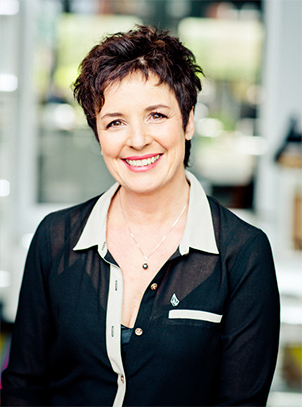Do you no longer know what’s hanging out on that top pantry shelf? And just how old are those condiment jars on the refrigerator shelf? And what about all those nuts, grains and dried fruit? Spring means spring cleaning, so take the opportunity to cook those forgotten foods that have yet to expire.
Sorting criteria
Throw away
- If the expiration date of the food has passed.
- If the item doesn’t have an expiration date, the numbers printed on the packaging (e.g., PA13-ED12 -Thaïlande 2107) won’t help you determine if the food is still good unless you call the company, even then.
- If the food hasn’t been used in the past year, there’s little chance that it’s a favourite of yours. Cook it or give it away if it’s still good. Otherwise, throw it out!
In the refrigerator
- Some foods that you would normally store in the pantry actually keep better when refrigerated: whole wheat flour, nuts and seeds, walnut oil, any opened jars, ground flaxseed, yeast.
- If you still have the habit of calling Mom to find out if your leftover chicken is still good, visit the Thermoguide page on the Quebec Ministry of Agriculture, Fisheries and Food (MAPAQ) website* instead. You’ll find a complete list of refrigerator and freezer storage times for perishable and less perishable foods. (*Website is available in French only.)
To keep your fresh products from spoiling in the fridge, try the “first in, first out” method. Read this article for all the details:
In the spice drawer
That small jar of tarragon from 2012 is definitely no longer a great vintage! The same goes for those decorative spice jars that you purchased all that time ago. Keep in mind that dried herbs lose their flavour after a few months. The shelf life of ground spices is longer, but if they are no longer fragrant, don’t expect any miracles when it comes to flavour.
Empty any small jars, wash them and replenish your dry herb supply by purchasing small quantities at a time. When it comes to spices, it is preferable to buy them whole and then grind them when you need to use them.
Does your baking powder pass the test?
Does your cake tend to look more like a pancake when it comes out of the oven?! It’s worth knowing that, over time, baking powder becomes less effective when it comes to leavening. Once you’ve opened a container, it’s best to use it within a year. Is yours still active? Take the test by putting a tablespoon of baking powder in a bowl and add about ⅓ cup (75 ml) of hot water. You should see a nice bubbling action. If not, it’s time to say goodbye to your baking powder. You can perform the same test on dry yeast.
Going from hot to cold: a mishandled manoeuvre
When it comes to food safety, hot food often stays on the kitchen counter for longer than it should. Many often think that foods can spoil if they’re placed in the refrigerator while still hot. However, according to MAPAQ, this problem only happens when foods take too long to cool down.
Here’s what to do: After cooking, transfer your food into smaller containers. As soon as you can touch them without burning yourself–i.e, when the temperature reaches about 140°F (60°C)–store them partly covered in the refrigerator, allowing the excess heat to escape.
1 week: products from the bakery (e.g., sliced bread, brioche)
2 months: peanut butter
3 months: breadcrumbs
6 months: crackers
7 months: baking chocolate
8 months: breakfast cereal
10 months: oatmeal
1 year: canned goods, nuts still in the shell, dried fruit, baking powder and baking soda, rice, pasta, semolina and vegetable oils
2 years: flour and sugar
*Source: Quebec Ministry of Agriculture, Fisheries and Food
While cleaning and organizing, try to cook as many things as you can to avoid waste. Here are a few zero-waste ideas for cooking leftovers and stale foods, as well as our pantry recipes.
